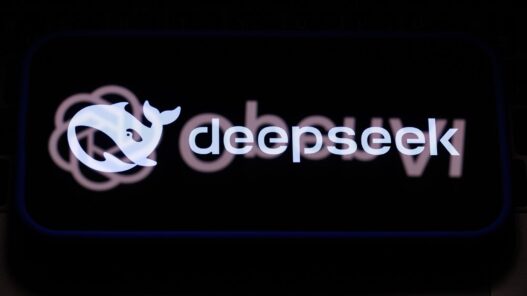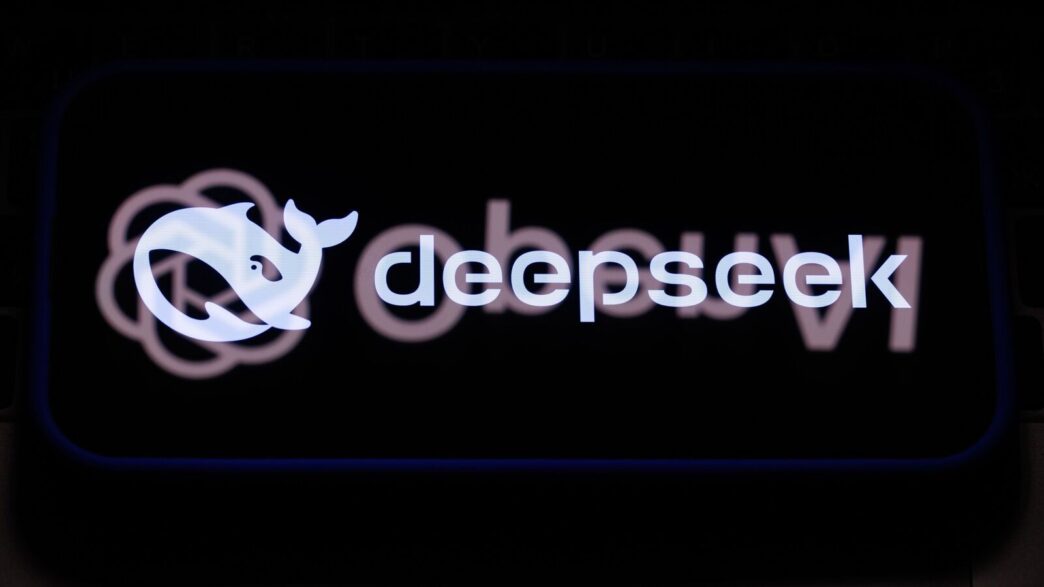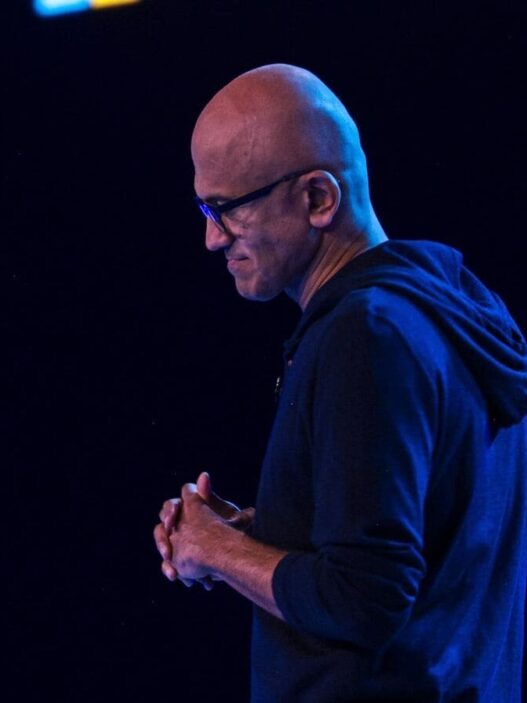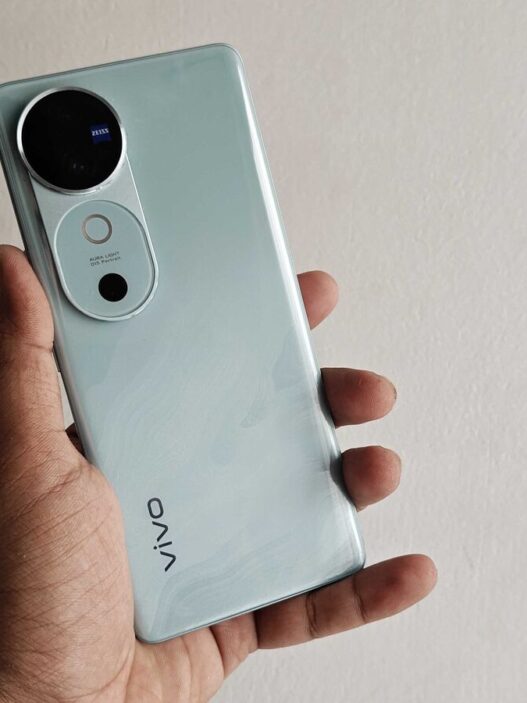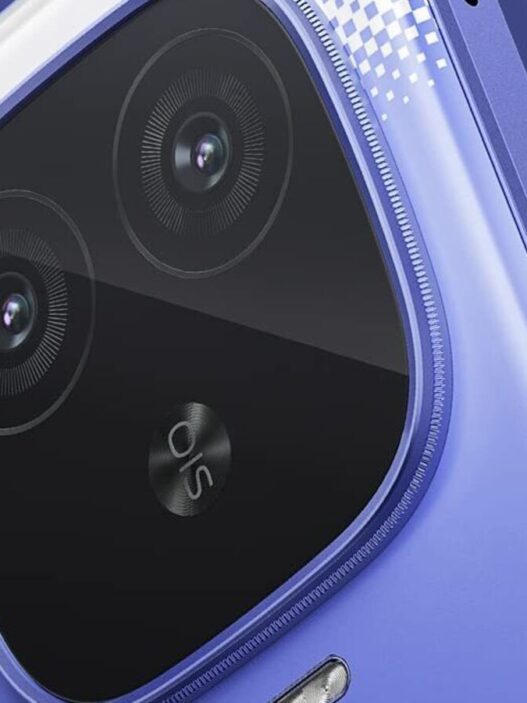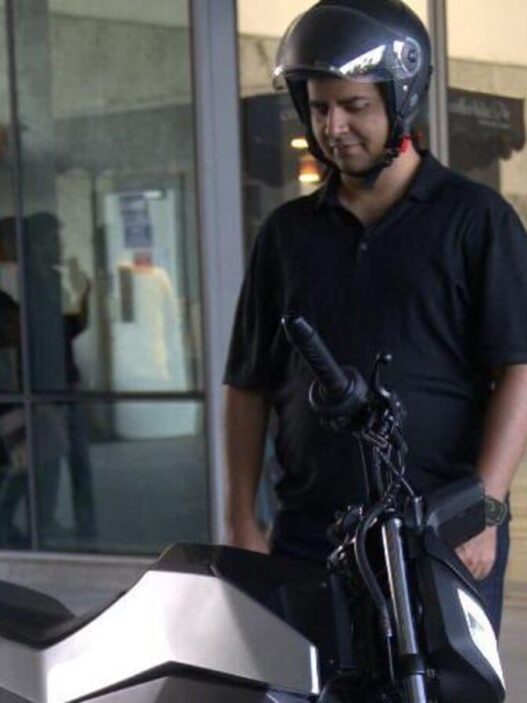After previewing the o3-Mini reasoning model during the 12-day ship-mas event in December, OpenAI is finally releasing the new model for free and paid users alike. The first-ever ‘free’ reasoning model from OpenAI comes as the company faces rising competition from China’s DeepSeek whose R1 reasoning model has been freely available since its early January global debut.
OpenAI says its new o3-Mini model has been optimized for tasks like math, coding, and science, matching the performance of o1 in most reasoning and evaluation tests while significantly outperforming o1-Mini with ‘more accurate and clearer answers’.
o3-Mini also has also been integrated with ChatGPT’s web search system in order to provide ‘up-to-date answers with links to relevant web sources’. However, the new model does not support vision capabilities, meaning users will not be able to share images and ask the model for answers.
What are reasoning models?
Reasoning models are large language models that are trained with reinforcement learning to perform complex tasks. Contrary to normal models like GPT-4, reasoning models are trained to produce a long internal chain of thought before responding which while making them a bit slower to respond also helps them excel in tasks like problem solving, coding, scientific reasoning, and multi-step planning.
How to use o3-Mini?
o3-Mini has become the first reasoning model to be available to free ChatGPT users. In order to access the model, users just need to visit the official ChatGPT website or app and click on the new ‘reason’ option available below the chat bar. While OpenAI did not explicitly state the usage limit for free users in its blogpost, one can assume levels similar to the GPT-4o model.
Meanwhile, OpenAI has tripled the rate limit for ChatGPT Plus and Team users from 50 messages to 150 messages per day. Only the ChatGPT Pro users will be allowed to have ‘unlimited access’ to o3-mini and o3-mini high.

